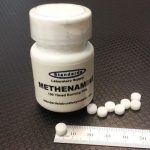
Clotrimazole Vaginal Cream is an antifungal medication primarily used to treat vaginal yeast infections caused by Candida species. It works by inhibiting the growth of fungi, thereby alleviating symptoms such as itching, burning, and discharge associated with these infections.









